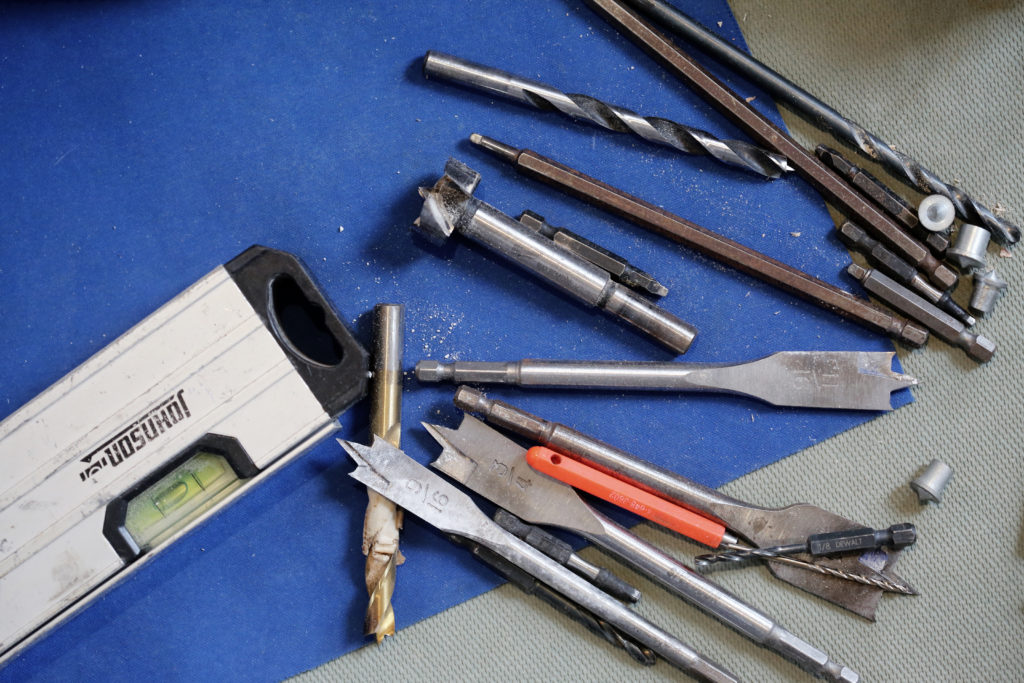The senior housing industry dealt with an unfortunate combination of high supply and low demand in early 2017—with the result being the lowest occupancy rate since mid-2013.
The first-quarter 2017 senior housing annual inventory growth rate increased 0.2 percentage points from the fourth quarter of 2016 to 3.4%—its fastest pace since at least 2006, according to data released Wednesday by the National Investment Center for Seniors Housing & Care (NIC).
All the while, demand for senior housing slowed, resulting in lower senior housing occupancy nationwide, NIC Chief Economist Beth Burnham Mace told Senior Housing News.
Senior housing annual absorption, a measure of demand, totaled 2.8% in the first quarter of 2017, jumping 0.1 percentage points from the previous quarter and 0.2 percentage points from the first quarter of 2016. While the numbers show that demand ticked up, the pace still slowed from previous quarters.
“The flu season this year was early, severe, long and extended,” Mace explained. “The flu season probably had an impact on absorption patterns.”
The average occupancy rate for senior housing properties fell 0.3 percentage points to 89.3% in the first quarter of 2017, NIC data show. For comparison, average occupancy totaled 89.9% in the first quarter of 2016.
The occupancy rate for assisted living properties, meanwhile, averaged 87.2% during the first quarter of 2017. That’s down from 87.7% in the fourth quarter of 2016 and 88.2% in the first quarter of 2016.
Independent living occupancy stumbled, too, falling 0.2 percentage points from the fourth quarter of 2016 to 90.9%.
The numbers indicate that some well-noted industry trends are continuing. One is the ongoing pressure from new supply. Another is that independent living appears the asset class with the best near-term prospects.
Compared with assisted living, independent living remains relatively isolated from new supply pressures.
“The impact of new supply in independent living hasn’t been as significant,” Mace said.
In the first quarter of 2017, senior housing construction starts preliminarily totaled 2,845 units, which included 1,457 assisted living units and 1,388 independent living units, the data show. Construction starts in the first quarter of 2016, meanwhile, totaled 2,737 units, made up of 1,935 assisted living units and 802 independent living units.
Given the continued strong inventory growth and sustained levels of construction, solid same-store rent growth was noteworthy, NIC Chief of Research and Analytics Chuck Harry said in a press release.
The average rate of senior housing’s annual asking rent growth was 3.3% in the first quarter of 2017, a drop of 0.4 percentage points from the fourth quarter of 2016 but up from 3.1% in the year-ago period.
“From year-earlier levels, it was fastest for independent living properties, whose asking rents increased by 3.5%, compared to the 3.0% gain seen in assisted living properties,” Harry said. “Both first quarter growth rates, however, were below their respective pace of growth during the latter half of 2016.”
Written by Mary Kate Nelson



